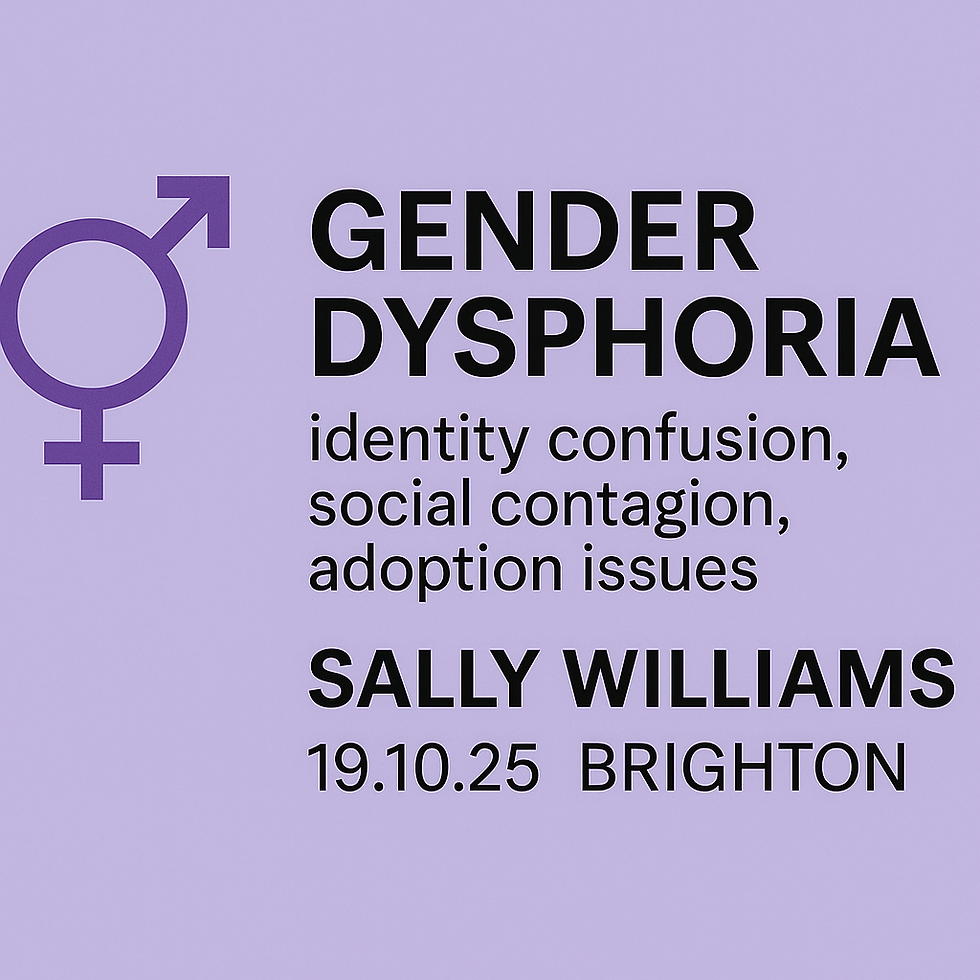Small and UnNoticed: The Mosses
- Jonathan Stallick
- Dec 20, 2023
- 3 min read

Mosses are a bit like a missing link in Homeopathic Materia Medica as we really know little about these remedies. Jan Scholten and his team have opened up the materia medica of these little known plants and they are proving hugely useful.
Mosses are non-flowering plants which produce spores and have stems and leaves, but don't have true roots. They date back 450 million years, and have survived and thrived through a range of drastic climate changes. Comprised of 15,000 – 25,000 species, they occur on every continent and in every ecosystem habitable by plants that use sunlight for energy. Among the world of plants, the bryophytes are the second most diverse group exceeded only by the angiosperms, the flowering plants (350,000 species).
Mosses are boring—or so we may think. After all, “rolling stones gather no moss.”
These days we take that adage to mean that mosses are dull and static creatures, a bothersome excrescence on dynamic entities like rolling rocks—and rock bands! But in earlier centuries the phrase had exactly the opposite meaning: stay put and flourish, get rooted and grow, don’t go knocking about.
Many small plants bearing the name moss are, in fact, not mosses. The “moss” found on the north side of trees is often the green algae. Irish moss is a red algae. Beard moss, Iceland moss, oak moss, and reindeer moss are lichens. Spanish moss is actually an air plant of the pineapple family (Bromeliaceae). Club mosses (such as Lycopodium) are in the fern order and in the family Lycopodiaceae.
To get a good feeling for the mosses, you have to take a closer look. Because their beauty and variety is often revealed only on closer inspection, in some species even under the microscope. Since mosses do not seem to have any immediate benefit for us humans (mosses can not be eaten) unfortunately, in most cases they are also missing memorable common names for them, which makes access to them even more difficult. Mosses are small, ignored and neglected. They are easily overlooked, they seem uninteresting. They are strong survivors, but not by fighting circumstances but by letting them be and withdrawing. They live day by day, as things come.

HOMEOPATHIC THEMES OF MOSSES
1. The Lack of Responsibility and Unsettled Feelings Moss remedies represent a youthful energy, where the ability to take on life's responsibilities is still developing (the periodic table remedy group reflecting the same energy would be the Silica Series). Those who resonate with these remedies may feel ungrounded emotionally and in their life's direction. They might find themselves without a stable home, leading a nomadic existence, and continuously moving from place to place.
2. A Simple Worldview with a Focus on Family For individuals aligned with moss remedies, life revolves around simplicity. Their world is small and centered on their personal lives and close family. Concepts of culture and politics hold little importance to them, as they prioritize the well-being of their immediate family.
3. The Duality of Emotions Moss remedies encompass a duality of emotions. On one hand, they radiate lightness, happiness, and joy. They see life as a precious gift meant to be shared with their family. Their world resembles a fairy tale, filled with gnomes, elves, and a sense of serenity akin to Hobbit Land in "The Lord of the Rings." They envision a king of gnomes who oversees the land, tending to plants and singing joyfully during their work.
4. Coping with Heaviness and Trauma However, the flip side of the moss remedies reveals a heaviness, often triggered by traumatic events. When faced with situations seemingly beyond their control, they surrender to the will of nature or the divine. This surrender can lead to confusion, leaving them at a loss for words and actions. Life becomes a struggle, and they may feel helpless in the face of adversity.

As homeopaths we are increasingly sought out by patients with who are severely dependent. Mainstream medicine frequently doesn't have the tools to be a serious healing force and as homeopaths we frequently have to rise to the occasion. These patients may be autistic, brain injured, or simply severely traumatised by family or life in general. They are often the quiet unnoticed folks, just like the mosses that live quietly without fuss. I had a Moss patient who told me she she didn't like tall buildings (trees!) and needed space to spread out. Doesn't that sound like a moss!



Comments